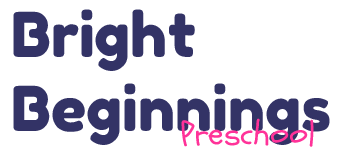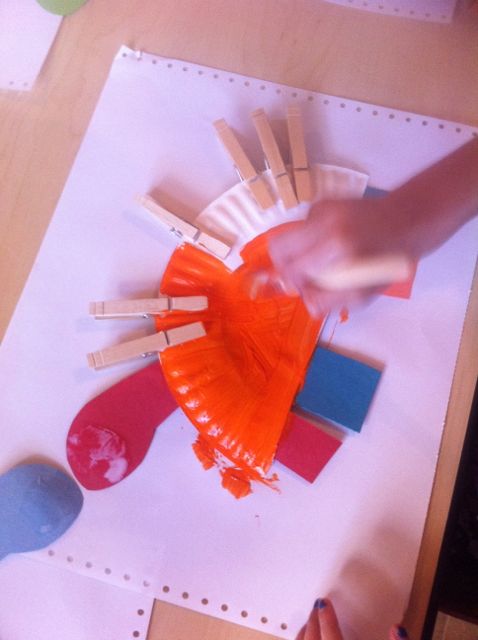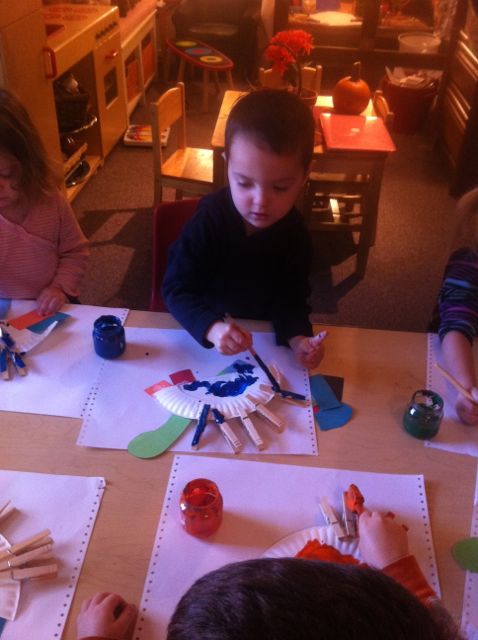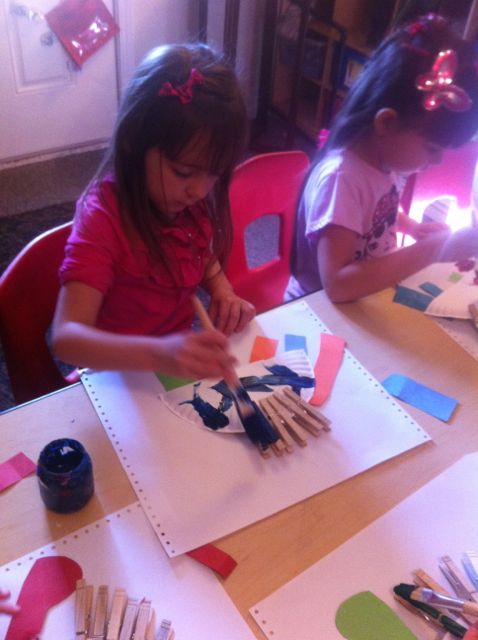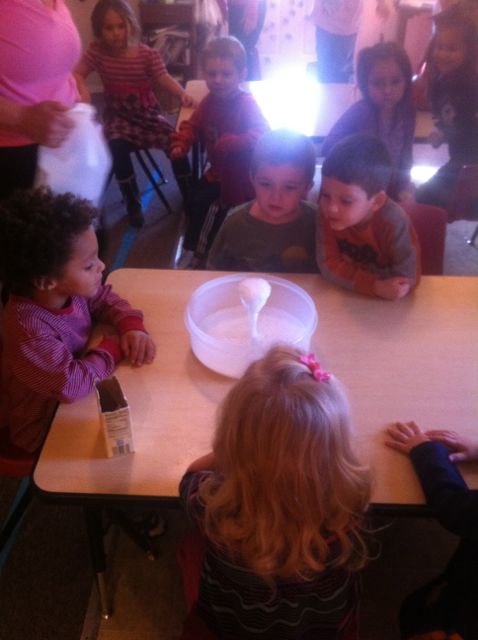Patterns are all around us, from the clothing we wear to the repeating patterns found in nature and everyday routine. Patterning is also a basic math skill upon which many mathematical concepts are based. Times tables, addition and skip counting all require an understanding of and proficiency in patterning. In preschool, identifying and creating patterns is just the beginning of the mastery of life-long mathematical skills.
How can you introduce your preschooler to patterning? “Children find patterns from looking around and noticing,” says Grace Davila Coates, Program Director of Family Math (Lawrence Hall of Science, University of California at Berkeley) and co-author of Family Math for Young Children. She says that a parent’s job is to recognize patterns and point them out, in clothes, on the sidewalk, and everywhere patterns are to be found. In short, using the world around you and objects from around the house will introduce your child to patterning and give him a head start in mathematical thinking.
Pattern Basics:
- A pattern is only a pattern if it is repeated twice.
- The easiest patterns are those involving two colors or variables (for example, red, blue, red, blue), referred to as an AB,AB pattern. More complex patterns include ABC, ABC; AABB,AABB; AAB,AAB; ABB, ABB; and ABCD,ABCD.
- Be sure to give your child the opportunity to “read” his pattern when it is complete. This will allow him the opportunity to fix any misplaced objects in his pattern.
